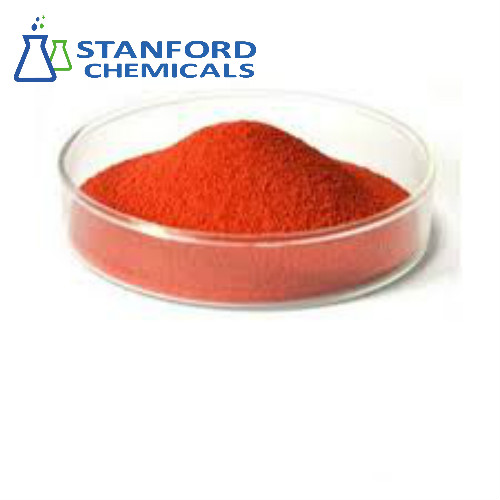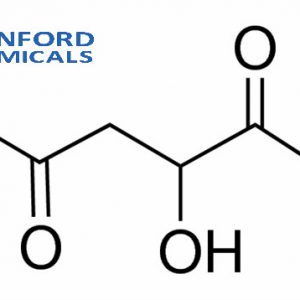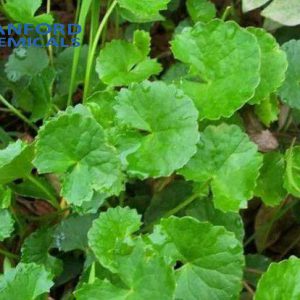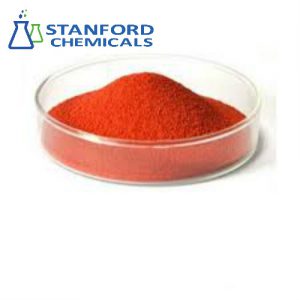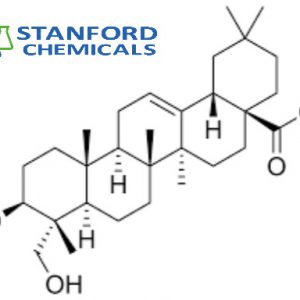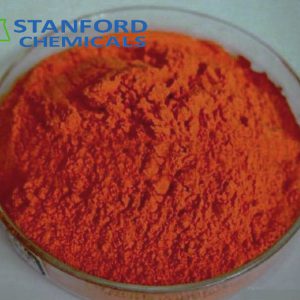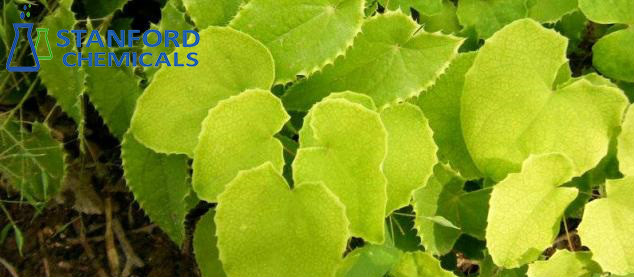- Home
- Herbal Extract
- 050-000-359 Beta-carotene (7.5%) (CAS: 7235-40-7)
050-000-359 Beta-carotene (7.5%) (CAS: 7235-40-7)
| Product Name | Beta-carotene (7.5%) |
| CAS No. | 7235-40-7 |
| Appearance | Red-orange powder |
| Source | Dunaliella salina (Nature Extract) |
| Keywords | Beta-carotene (7.5%) |
| Related products | Vitamin A, Vitamin B1, Vitamin C, Vitamin D3 |
| EINECS-No. | 230-636-6 |
- Description
Description
Beta-carotene (7.5%) Description
Beta-carotene (7.5%) (CAS: 7235-40-7) is a strong antioxidant and also a scavenger of singlet oxygen. It is also a provitamin A as it can be converted into retinol. In commercial cherry tomato varieties, β-carotene content reached 1.2 mg per 100 g FW. The bioaccessibility of β-carotene from raw tomatoes was reported to be about 0.1%.
Beta-carotene (7.5%) Specifications
| Product Name | Zinc L-carnosine |
| CAS Registry Number | 7235-40-7 |
| Molecular Formula | C40H56 |
| Molecular Weight | 536.9 g/mol |
| Particle Size | 40mesh |
| Assay | ≥7.5% |
| Moisture | ≤7% |
| Heavy Metals ( Pb) | ≤10 |
| Ash | ≤20% |
| Inorganic Arsenic (mg/Kg) | ≤1.0 |
| Aerobic Plant Count | ≤30,000cfu/g |
| Mould & Yeast | ≤100cfu/g |
| Coliform | <30MPN/100g |
Beta-carotene (7.5%) Applications:
Studies demonstrated the photoprotective effects of β-carotene on photooxidative damage and sunburn in humans. A significant reduction in erythema formation was also noticed when β-carotene was applied on human skin or with a dietary intervention alone or in combination with α-tocopherol for 12 weeks. Low concentrations of serum β-carotene have also been associated with an increased risk of congestive heart failure and cardiac death in men.[1]
Beta-carotene is reported to be a potent antioxidant and to protect the liver against the toxic effects of various drugs and xenobiotics.3 Studies with rats have shown that supplementation of beta carotene in diet prevented the ethanol-induced increase in the serum aminotransferases and inhibited the depletion of the antioxidant molecule GSH in the liver.4 Additionally, in vitro studies with the hepatocytes isolated from ethanol-fed rats have also shown that beta-carotene improved cell viability and increased catalase activities and levels of glutathione.5 Mechanistic studies performed with the hepatocytes isolated from the ethanol-fed rats have also shown that beta carotene ameliorated oxidative stress, enhanced antioxidants, and decreased the expression of CYP2E1 and apoptosis.[2]
Reference
P.Padmanabhan, A.Cheema, G.Paliyath: Solanaceous Fruits Including Tomato, Eggplant, and Peppers. https://doi.org/10.1016/B978-0-12-384947-2.00696-6
Manjeshwar ShrinathBaliga, Arnadi RamachandrayyaShivashankara, SunithaVenkatesh, Harshith P.Bhat, Princy LouisPalatty, GaneshBhandari, SureshRao: Dietary Interventions in Liver Disease Foods, Nutrients, and Dietary Supplements 2019, Pages 79-89; Chapter 7 – Phytochemicals in the Prevention of Ethanol-Induced Hepatotoxicity: A Revisit. https://doi.org/10.1016/B978-0-12-814466-4.00007-0
[1] P.Padmanabhan, A.Cheema, G.Paliyath: Solanaceous Fruits Including Tomato, Eggplant, and Peppers. https://doi.org/10.1016/B978-0-12-384947-2.00696-6
[2] Manjeshwar ShrinathBaliga, Arnadi RamachandrayyaShivashankara, SunithaVenkatesh, Harshith P.Bhat, Princy LouisPalatty, GaneshBhandari, SureshRao: Dietary Interventions in Liver Disease Foods, Nutrients, and Dietary Supplements 2019, Pages 79-89; Chapter 7 – Phytochemicals in the Prevention of Ethanol-Induced Hepatotoxicity: A Revisit. https://doi.org/10.1016/B978-0-12-814466-4.00007-0

